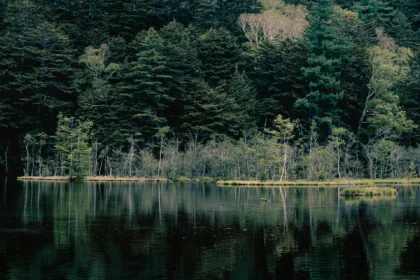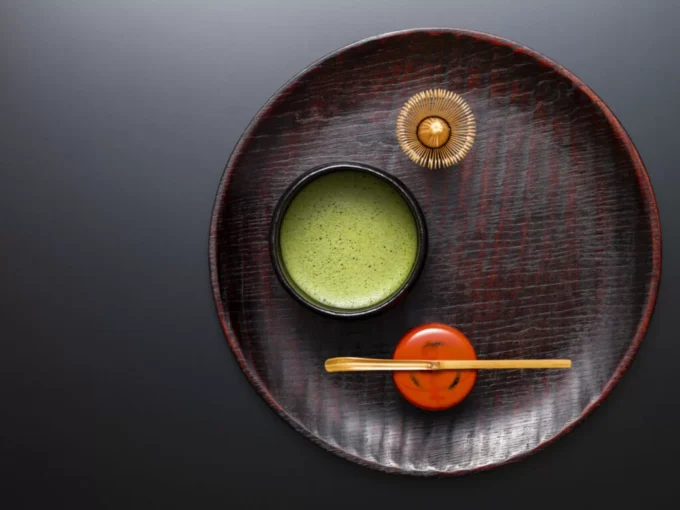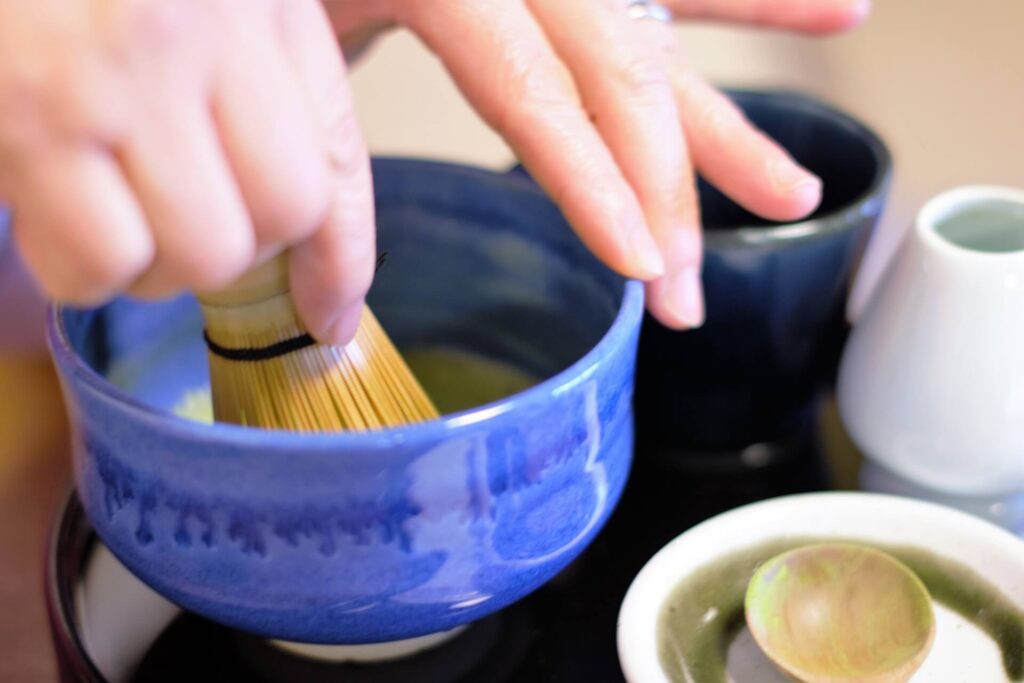
-- Tea Ceremony in Japanese Culture
-- Participate in a Tea Ceremony on a Tour
WHAT IS MATCHA?
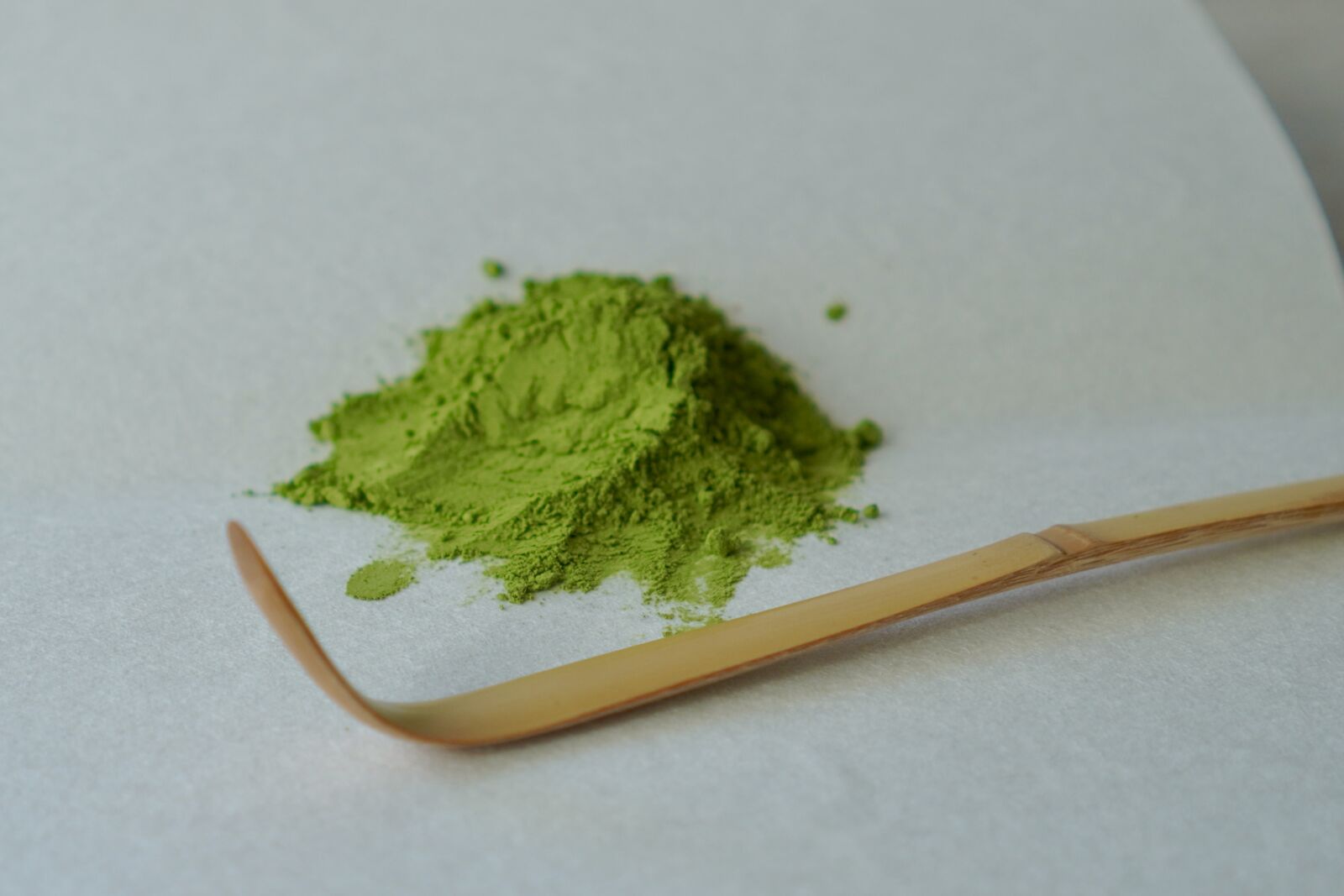
Matcha is a new hot trend all around the world, with Matcha Ice Cream, Matcha Mochi, and more showing up in cafes and supermarkets from Sydney to New York. But while many have enjoyed its signature strong and bitter flavor, what exactly it is made from perhaps remains a mystery to most.
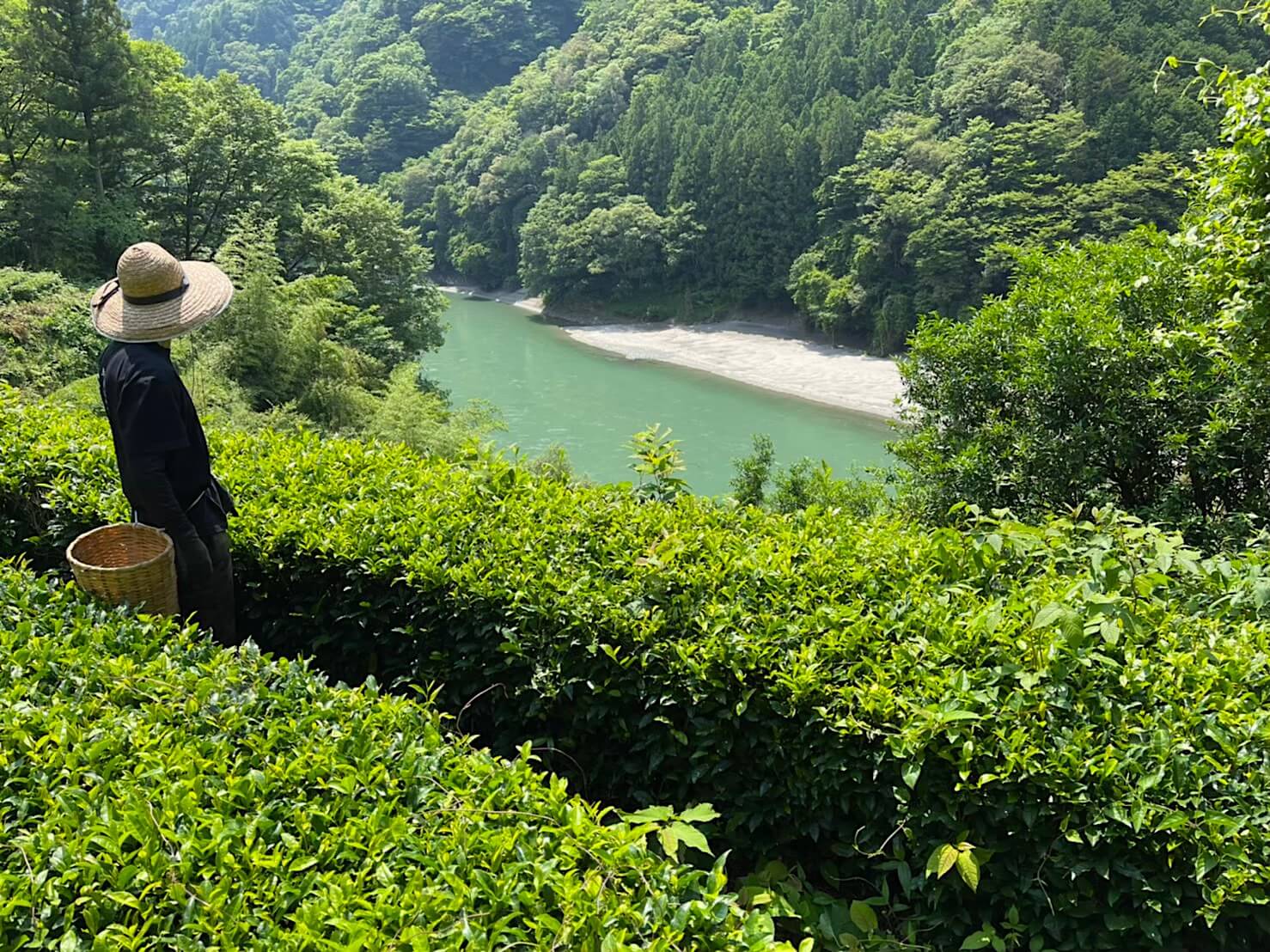
Matcha is of course a kind of green tea, harvested from the same plant as normal green tea. However, each step after the harvest is completely different. The tea leaves are first steamed after harvest, and then dried out. From the dried out tea, all stems and other hard parts are removed and only the soft parts of the leaves are left. These remaining leaves are then ground in a kind of mill until they are completely converted into a uniform, fine powder. When making Matcha Tea, you then put some of this powder in a bowl, add hot water, and stir until frothy with a special whisk known as a 'Chasen'. This means that unlike normal tea, where the leaves are only steeped in hot water before being removed, you are actually drinking the leaves when you have Matcha! This accounts for its health benefits and thicker texture when compared to other green teas.
TEA CEREMONY IN JAPANESE CULTURE
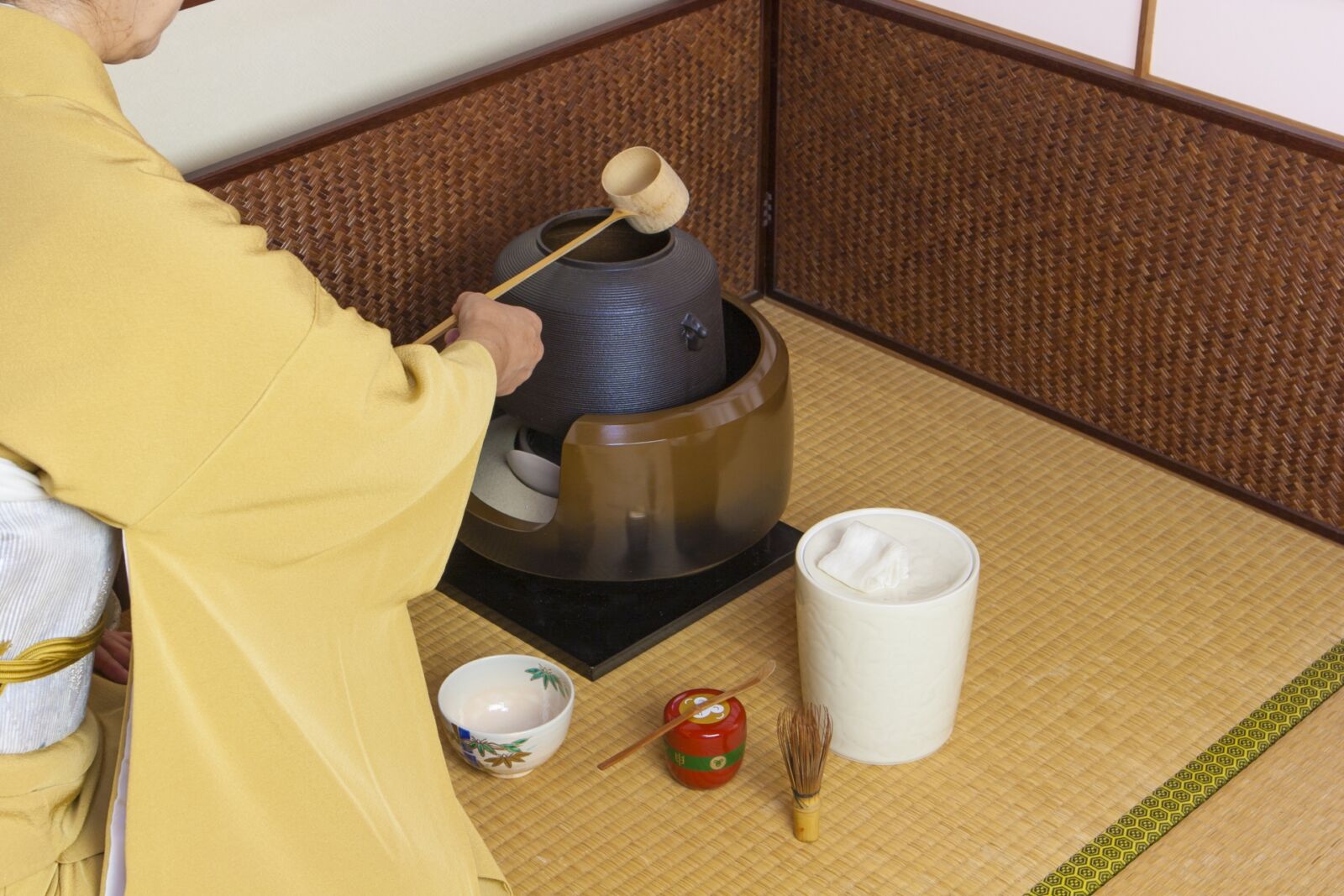
Traditionally, Matcha was most commonly drunken as part of a tea ceremony, known as 'Sado' in Japanese. Reaching its modern form somewhere around the late 1500s (exemplified by the famous master Sen no Rikyu), tea ceremony was an important tool of politics in the warring states period when powerful samurai lords would make alliances and deals during or after participating in a ceremony together. In the peaceful Edo Period (1699-1868) which followed, Tea Ceremony as an art form flowered and spread to people of all classes. It embodied a certain ideal of meritocracy and equality, with tea room doors being made so low that one would almost have to crawl in - designed to humble even the powerful and high born in the outside world before entering the tea room where skill and refinement instead defined a persons worth. Today tea ceremony perhaps doesn't enjoy the ubiquitous popularity it once had, but it is still a popular past time amongst Japanese of all ages and is a great way to learn about the elegance of traditional culture.
PARTICIPATE IN A TEA CEREMONY ON A TOUR
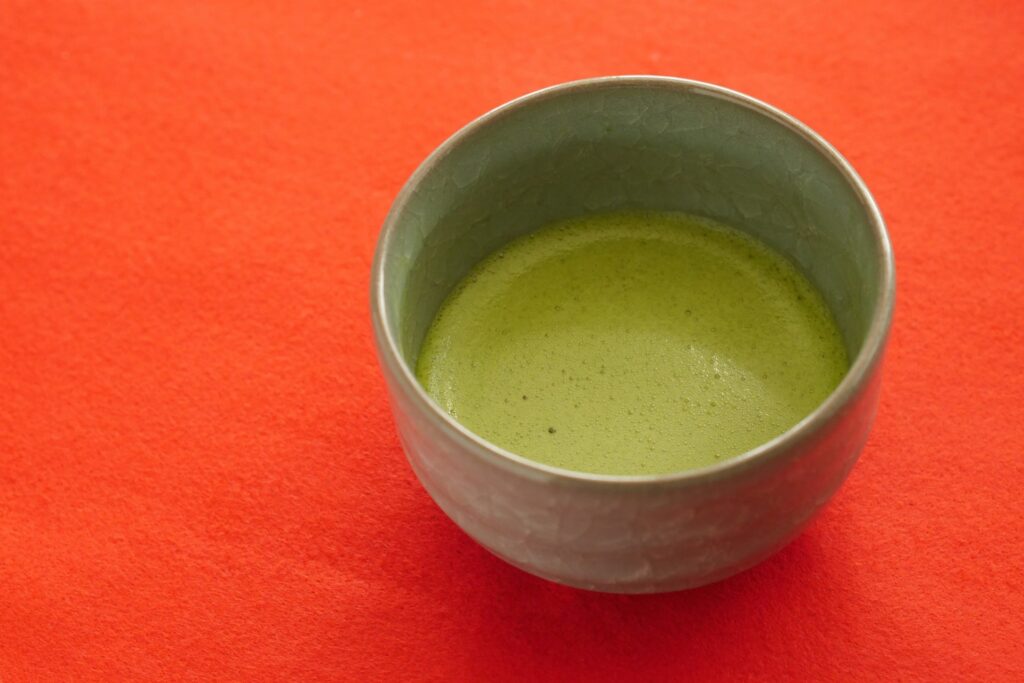
Fortunately for those looking to try this experience for themselves, we have two tours which include participation in a tea ceremony in Nagano City. With your guide by your side, you won't have any confusions or difficulties as you go through the ritual and can instead focusing on enjoying your tea.
Zenkoji has a lot to offer, and on this fun half day tour your guide will lead you right into the heart of its history and traditions. Including a fire ceremony, oyaki lunch, sake tasting, and of course a tea ceremony, you can enjoy Japan's unique culture in only a short amount of time. Click the banner above for more details!
Zenkoji Tour and Tea Experience with 'Shukubo' Temple Lodging Stay
- Spots:
- Pick-up:
- Drop-off:
For those who really want to get to know Zenkoji, this tour with an included overnight stay at a shukubo, or pilgrims inn, is ideal. With a focus on Zenkoji and its surroundings, you will come away with a new appreciation for the sights, sounds, and flavors of this centuries old temple. The activities on the first day will be the same as the above half-day tour, but when everyone else is going home you will instead be checking in to your room at the shukubo! Book now to secure your room for the night.














